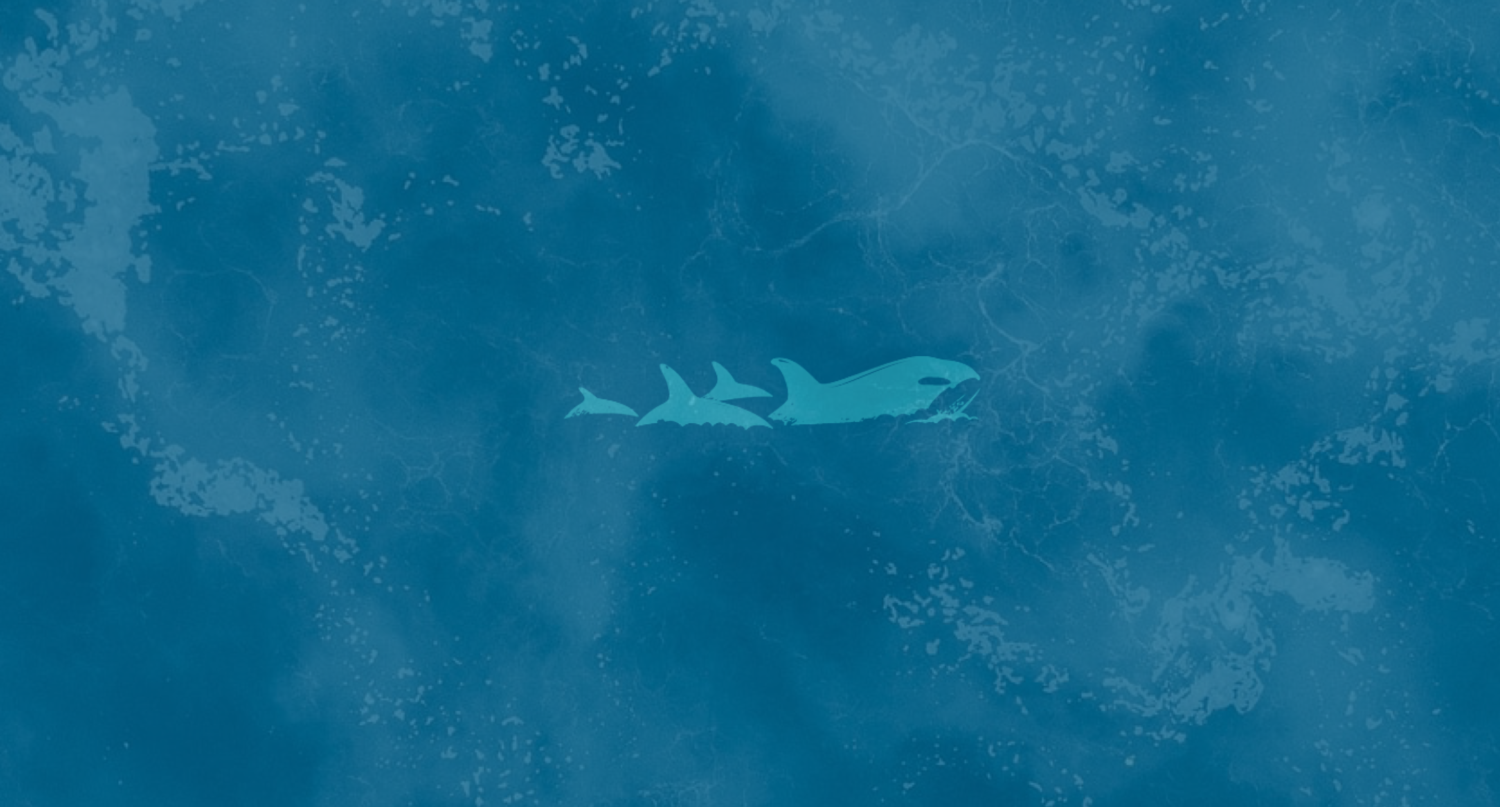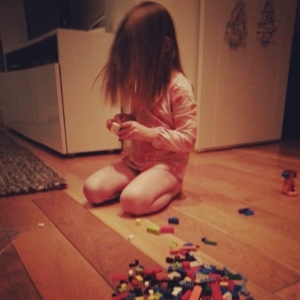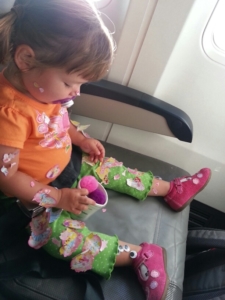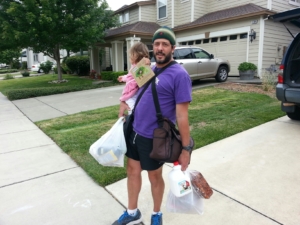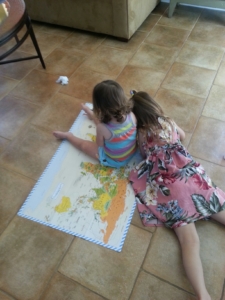Jet Lag Exorcism
We contemplated bringing in some priests this week to save our older daughter from the mysterious entity that had possessed her.
Then, after enduring L’s hitting and kicking and scratching and biting and screaming and writhing around like a maniac, Powerwoman and I realized it wasn’t a demon that possessed our girl, but instead just a really horrid case of jet lag.
We should have seen it coming. That first night—Christmas Eve, actually—she woke up for the day at 2 a.m. On the three nights that followed, she woke up at 4 a.m. In between, the child fought naps as if she were an ultimate fighter and they were an opponent in UFC 168. It was a recipe for cataclysmic disaster.
Everyone told us coming home from England was easy. Stay awake until 8 or 9 p.m. the first few nights, they said, and catching up on the eight hour time difference will be a cinch.
For the grownups, this advice rang true. For the kids, however, it was easier said than done.
I mean, really, how does one force a child to “stay awake,” especially when she is falling asleep on her feet, at the dinner table, in the car, and just about everywhere in between? At what point does the whole drive to beat jet lag become inhumane? What’s more, with kids who are so sensitive to subtle changes in the sleep schedule to begin with, to what extent is it worth bending over backward at all?
Thankfully, today, our kind, creative and loving child reclaimed her body and we called off the exorcism. What we learned over the course of this past week: There’s no way to predict how jet lag will affect your children, and there’s no way to minimize the effects of it on your kids.
I guess I could couch this epiphany another way. Last decade, Sportscaster Dan Patrick coined the phrase, “You can’t stop him, you can only try to contain him.” Patrick meant for those words to describe athletes who left their opponents helpless on defense. He could have been talking about jet lag in relation to kids.
Next time we complete an international flight, we’ll just resign ourselves to a few days of parenting hell. At some point, it has to get easier for all of us. Right?
What are your suggestions for minimizing the effects of jet leg on kids?

